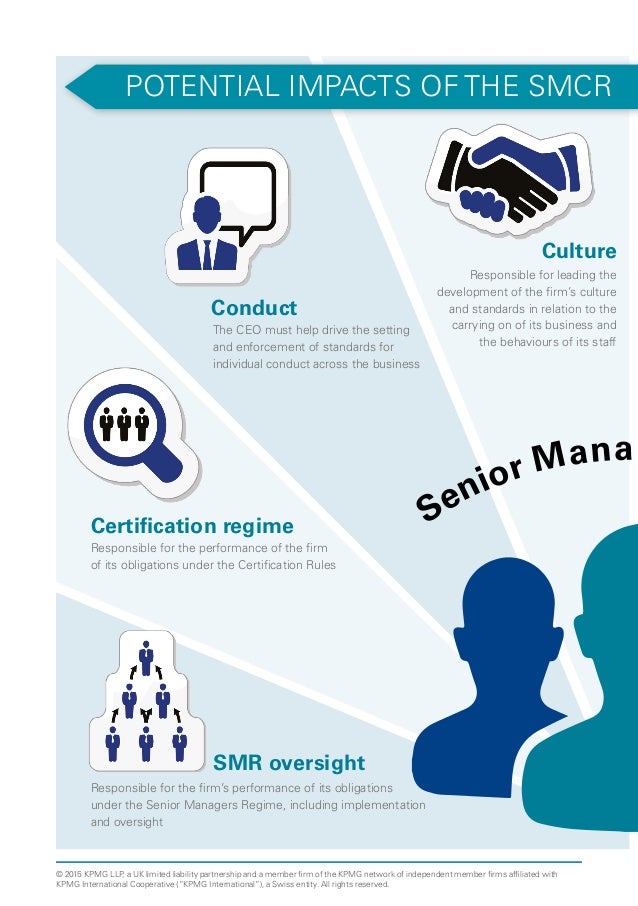
My non-scientific vibe after looking at some samples of ProRes (Proxy) footage is that this is the “Dish Network”-quality codec-it looks like fairly heavily compressed satellite or cable HD footage.
Fcp 7 preference manager Offline#
When editing for offline purposes, you don’t need the quality, nor storage capacity and throughput of a codec meant for finishing or online work.

Most impressive, but how does it look? It is clearly of inferior quality, compared with the other ProRes codecs or DVCPRO HD, but this is for offline editing, not finishing work.
Fcp 7 preference manager full#
But instead of DV’s Standard Definition resolution, this is 10-bit full raster 1080 resolution video at less than twice the data rate. How small is that? That’s about 20 gigabytes per hour, or a bit less than twice the data rate of DV, if that gives you a better seat-of-the-pants sense of how tight this new codec is. It takes the data rate all the way down to 45 megabits per second for 1080i60 video-or a touch over 5.5 megabytes per second. It is still full frame, 10 bit, and 4:2:2, but is much more heavily compressed. ProRes 422 (Proxy) The other ProRes codecs are fine for online editing (at final quality) for various quality expectations, but what about for offline editing? That’s where ProRes 422 (Proxy) comes in. Sports and news editing for broadcast, for instance, will love this codec, since the decrease in quality will never be noticed by the time is it is compressed even further and sent out to air. It’s the same thing as ProRes (10 bit, full raster, 4:2:2 color sampling), just at a lower data rate, and it’ll fit nicely into existing broadcast infrastructure. So a lot of folks had their digital plumbing set up for 100 megabits per second, and regular ProRes 422, which can run up to 145 megabits per second for 1080i60 footage, could gum up the works since it was nearly 50 percent larger than the anticipated data rate. So why bother? Turns out a lot of broadcast equipment is built around 100 megabits per second pipelines-Panasonic started it with the Varicam and its DV100 (aka DVCPRO HD) codec, and continued with its AVC-Intra codec, both of which run at a maximum data rate of 100 megabits per second. ProRes 422 (LT) If you know the regular ProRes 422, you like it, you use it, then think of this as ProRes 422 on a bandwidth diet. The alpha is “mathematically losslessly encoded” Apple says, at a variable data rate, which hints that the codec is using some kind of compression that makes the file size smaller than an uncompressed alpha channel but of identical quality. This codec runs at 330 megabits per second in a “worst-case scenario” of 1080i60 video, not including the alpha channel. Wait, what is the fourth four for? It is for your alpha channel, and yes, Virginia, they did it right and it does have 10 bits per pixel as well. ProRes 4444 supports either the traditional Y’CbCr video color space or RGB at full 4:4:4 color sampling, at up to 12 bits per pixel according to Apple. ProRes 4444 For video editors like me who try to push FCP as far as it can go, there is now a ProRes codec for working with high end formats (think HDCAM SR or Redcode) or for higher quality when rendering from FCP or other programs, specifically compositing applications. That’s in addition to the two flavors for “normal” editing and finishing-the regular flavor for most projects, and the HQ for higher end quality, which are still included from the previous version. The LT version is for lightweight deliverables, such as broadcast, while the 422 (Proxy) is specifically for offline editing. ProRes 4444 is designed for highest end work or compositing with alpha channel.

In the most compelling new feature of this release, Apple builds on the success of its excellent ProRes codec family by adding three new flavors: ProRes 4444, ProRes 422 (LT), and ProRes 422 (Proxy). The new variations are designed to broaden the codec family’s capabilities into higher-end post production, news markets, and offline editing.

Fcp 7 preference manager pro#
ProRes, a high-definition lossy video compression format developed by Apple for use in post production, was introduced in 2007 with Final Cut Pro 6 (FCP).

While there are a few extremely sexy new features in Final Cut Pro 7- among them new ProRes flavors, iChat Theater, and Easy Export that will attract lots of attention-the main focus of this new version seems to be enhancing stability, speed, and productivity. It has been more than two long years since Apple released Final Cut Pro 6 ( ), its flagship pro-level nonlinear video editing app.


 0 kommentar(er)
0 kommentar(er)
